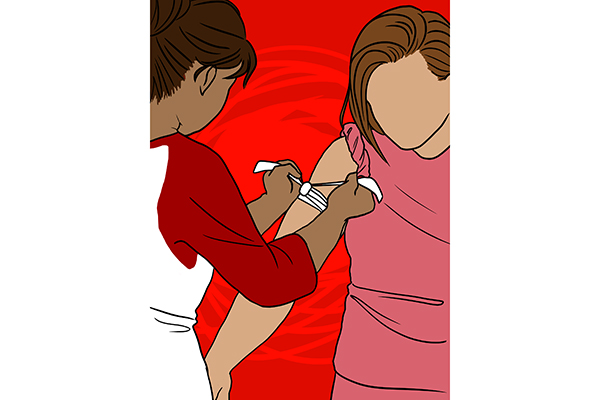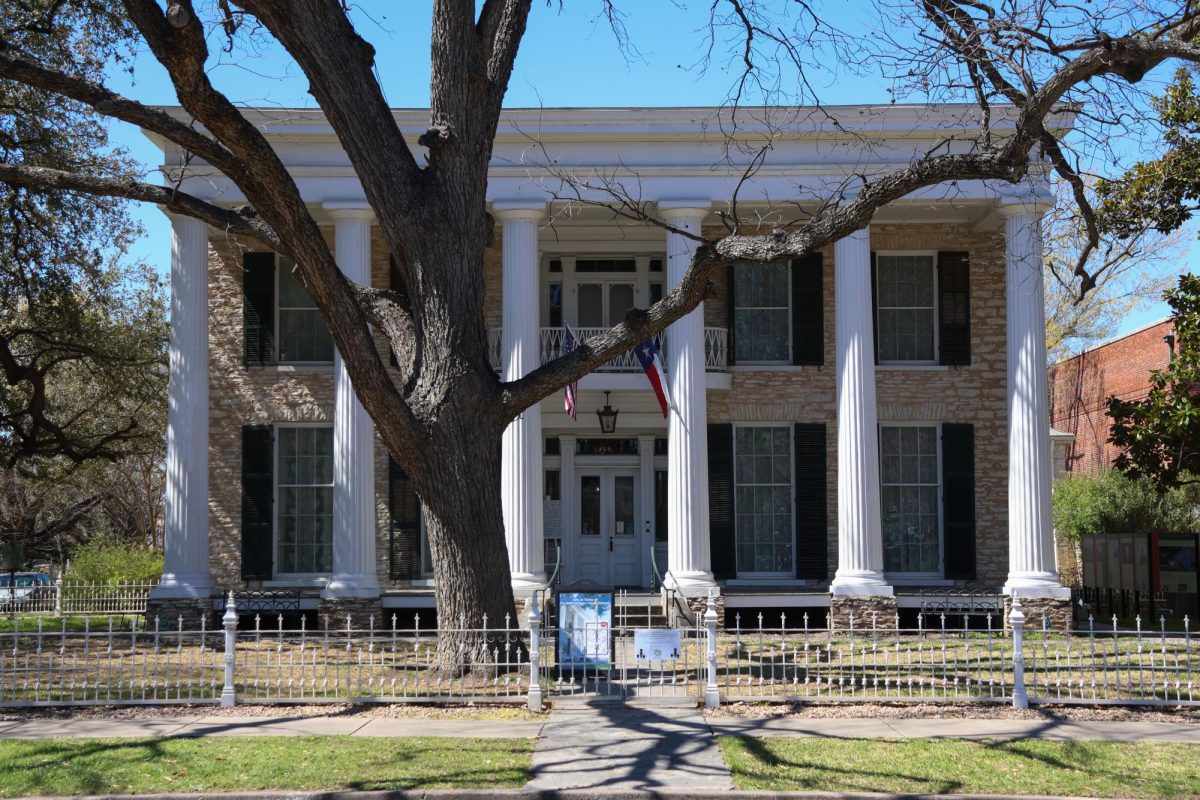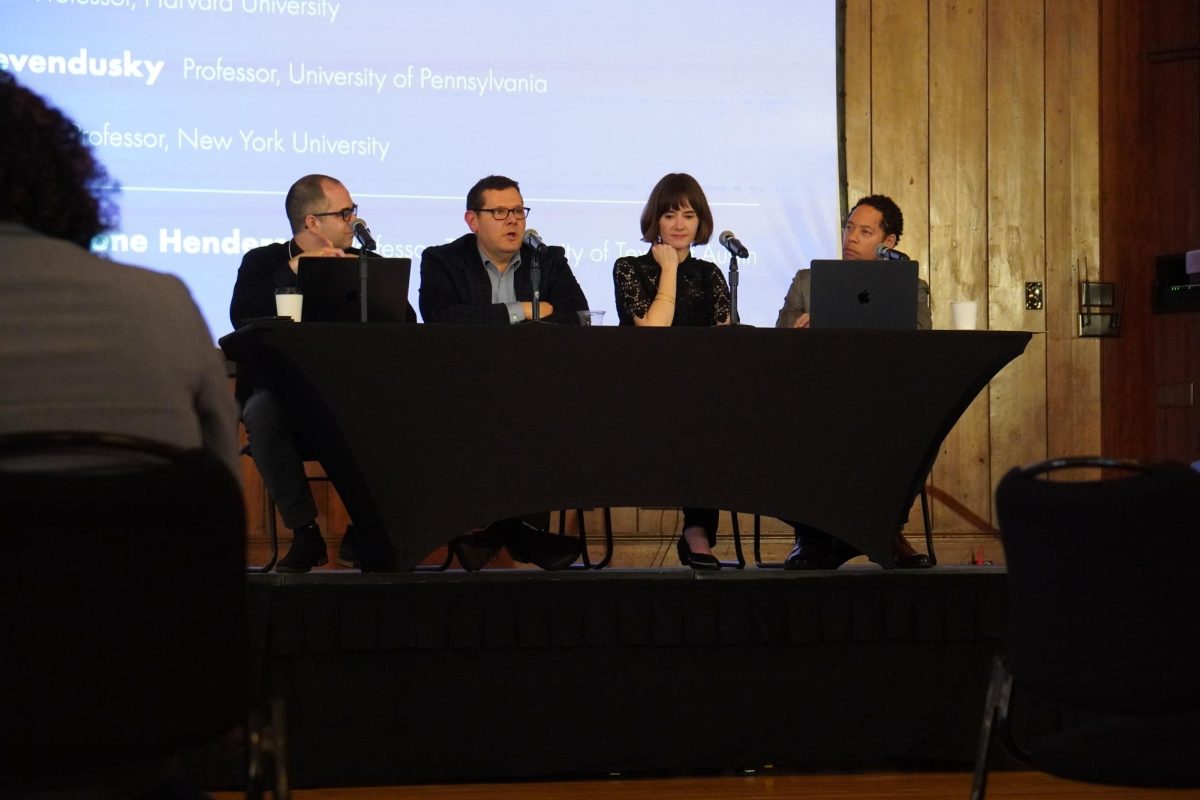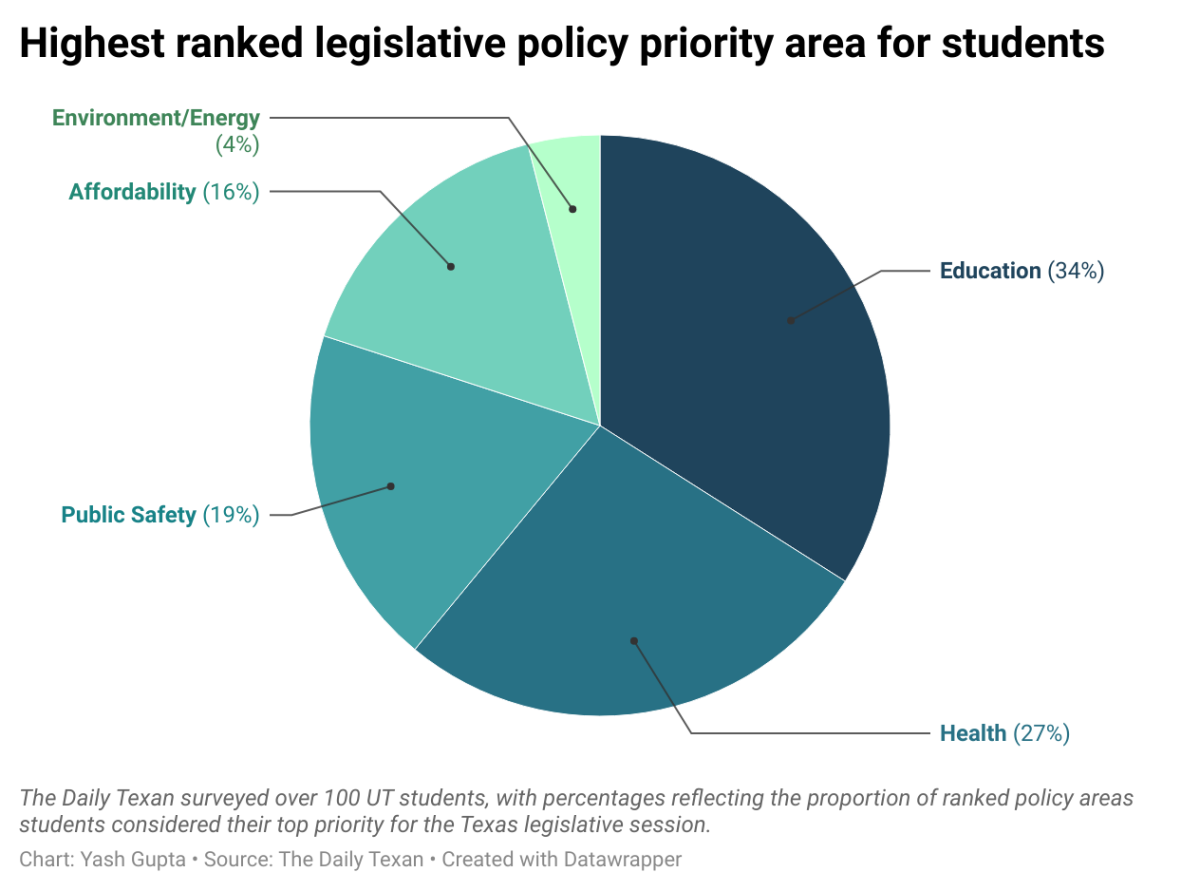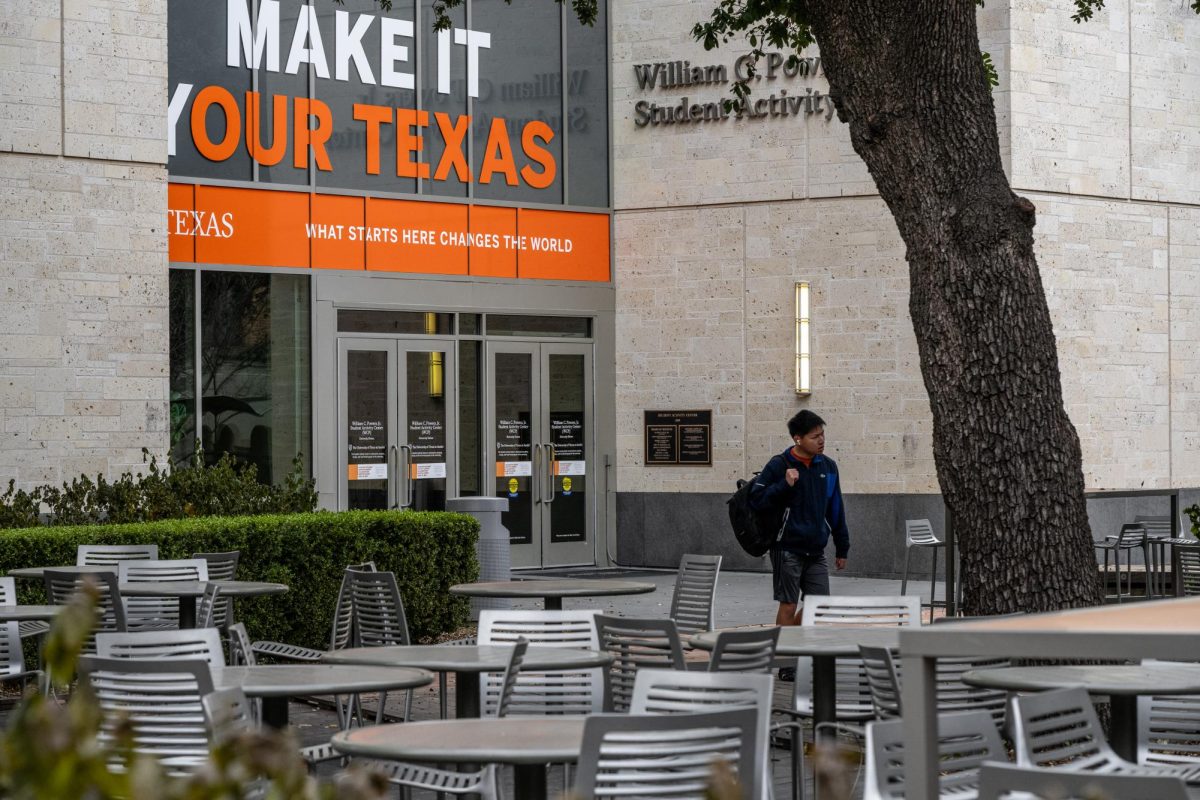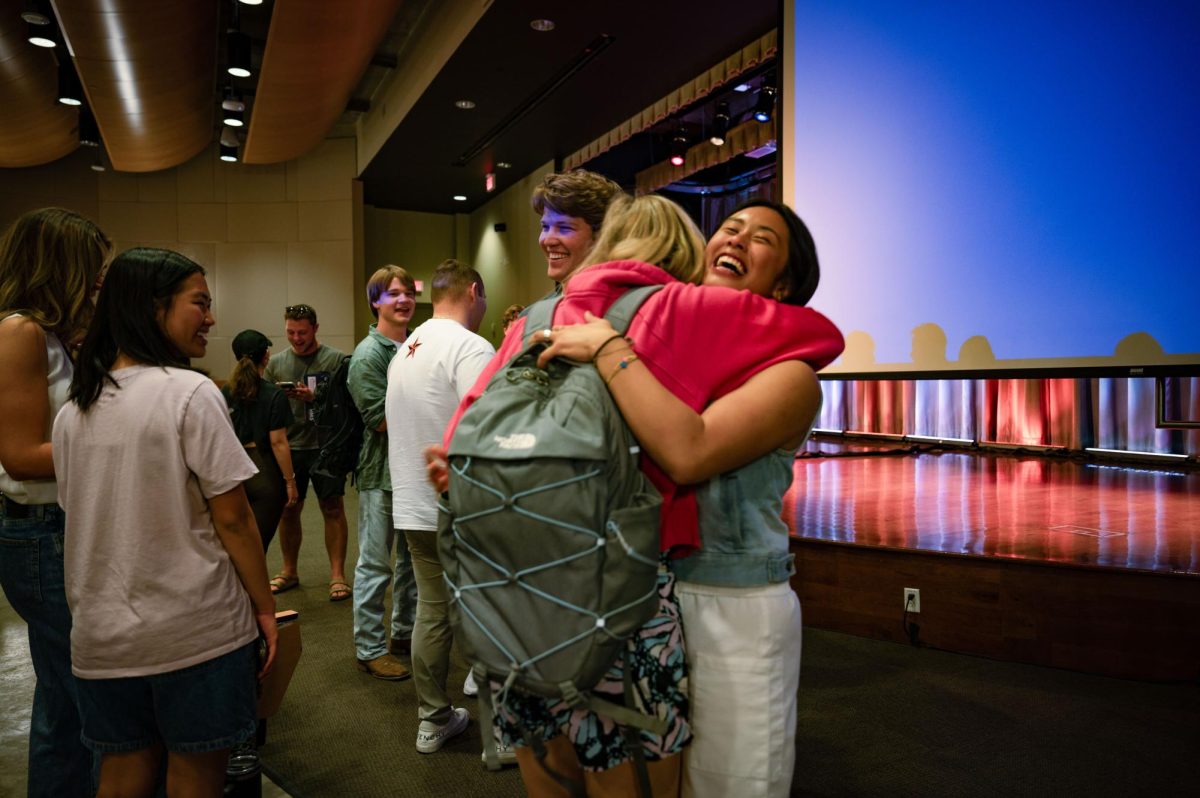The previously unfunded Longhorn Stop the Bleed program recently received five years of funding from Campus Safety and Security.
The program is a chapter of a national organization created after Sandy Hook to teach people how to respond in bleeding emergencies. UT alumna Claire Zagorski said she started a chapter of the program on campus to reduce fatality and helplessness.
“I was inspired to bring it to UT after Harrison Brown was stabbed to death,” program director Zagorski said. “The bystander … was saying, ‘This is terrible because he was laying there bleeding and no one could do anything, just wait.’ I’m a paramedic, and I knew that wasn’t true, but I also knew people had to be taught what to do.”
Zagorski said the funding will consist of $2,500 every year and is the result of safety advocacy nonprofit SafeHorns stressing the program’s importance to Campus Safety and Security.
“It was very validating,” Zagorski said. “I’m glad that the work that we’re doing is getting noticed and that we’re making a difference, and now we’re going to be able to take a big step forward in expanding the program because of that.”
Zagorski said the program will use the funds to buy more training equipment for larger classes and to launch a promotional campaign to increase awareness. She said the training is useful in many contexts, but people pay attention to the program if they see a recent uptick in campus violence.
“UT is an open campus,” biochemistry sophomore Sonia Patel said. “I think it’s a necessity for people, and students especially, to be aware of what to do in the event of a shooting or stabbing. If we were aware of it, we could help save people.”
Zagorski said the program partners with the certified EMTs in Longhorn EMS to lead training courses. David Wu, lead instructor of Longhorn Stop the Bleed in Longhorn EMS, said empowerment is a huge goal of the training.
“It isn’t necessarily having the skills,” biochemistry junior Wu said. “It’s having the confidence of knowing you have the training to know what to do in that scenario. Most bystanders are in shock when something happens, and with a little training, it gives you a bit of confidence to go, ‘Okay, I know what to do in this situation. This is how I should move forward.’”

